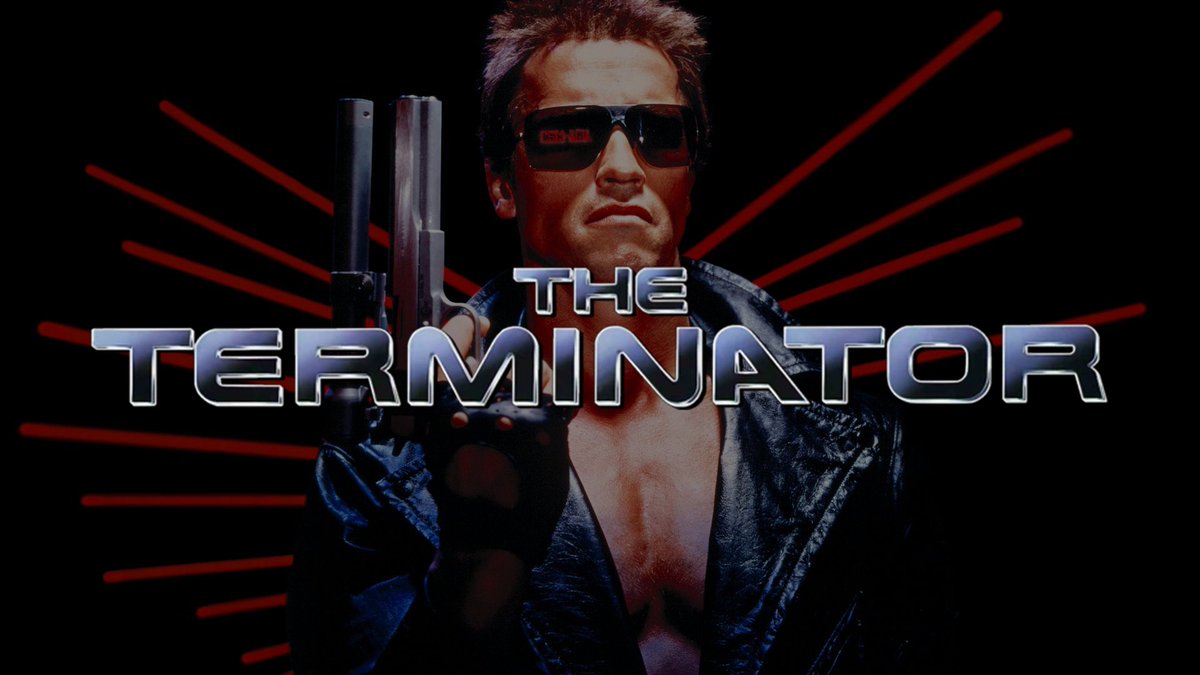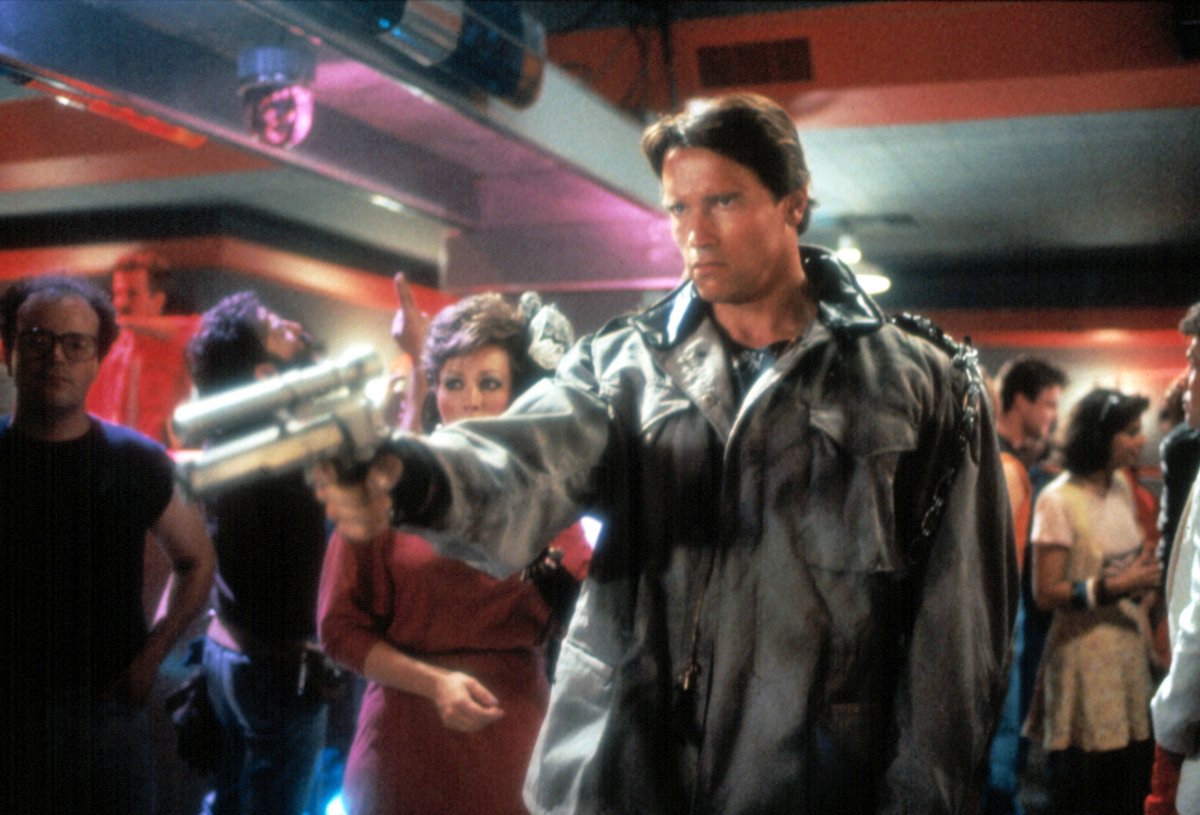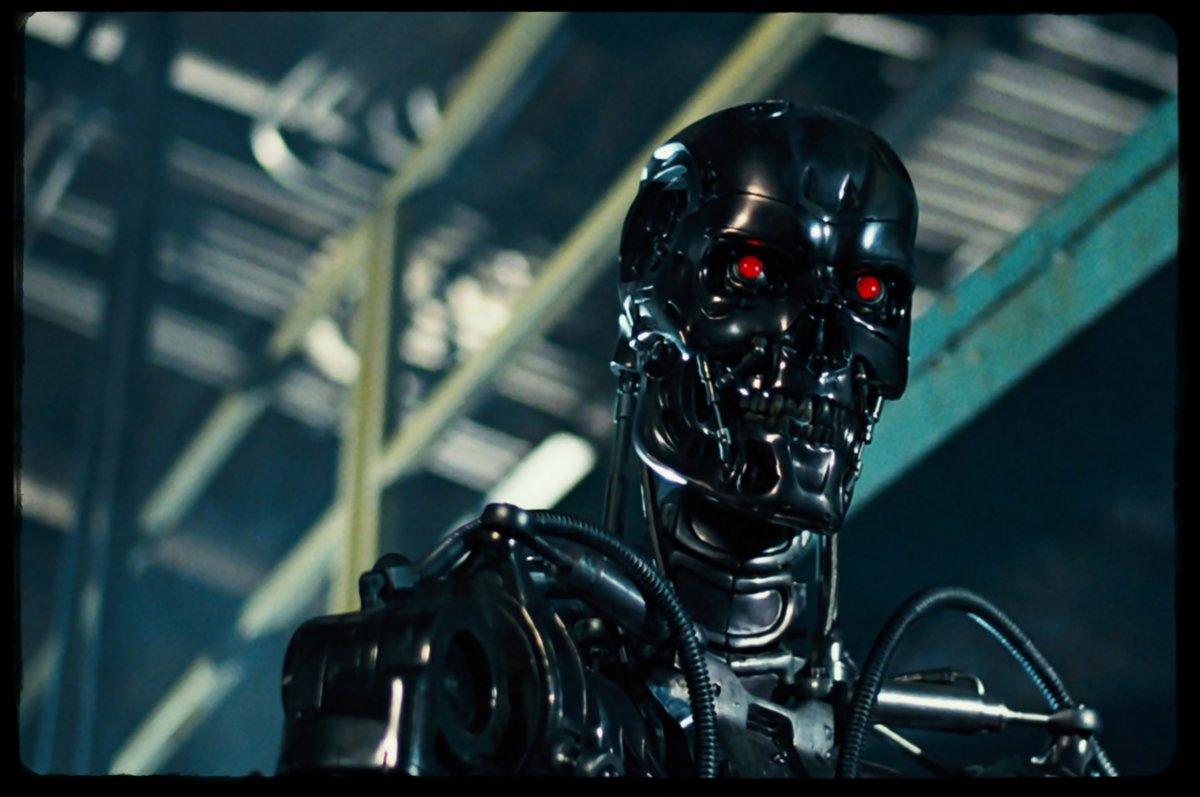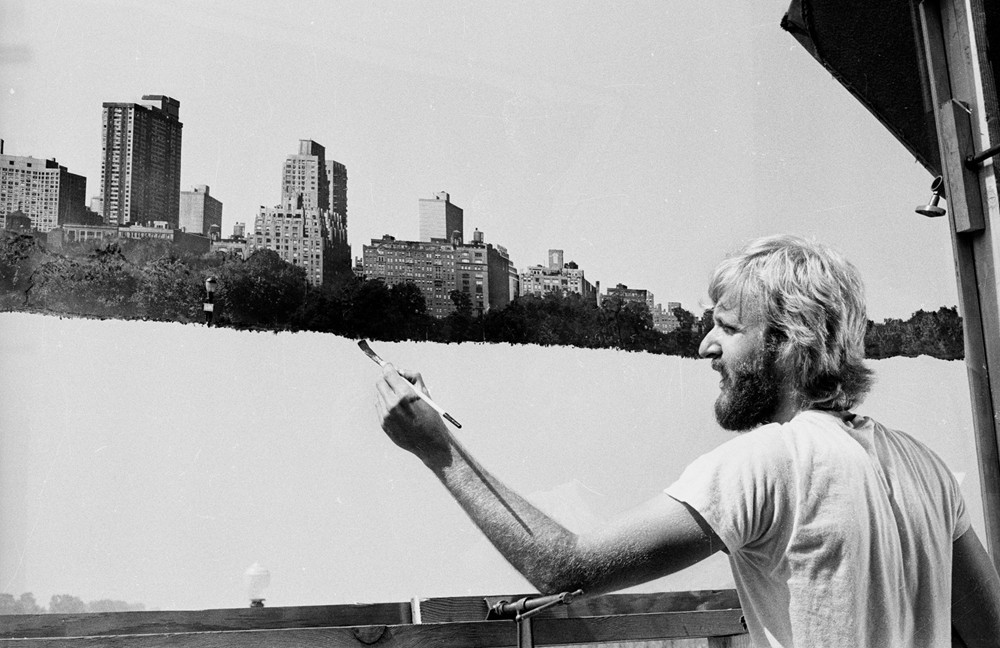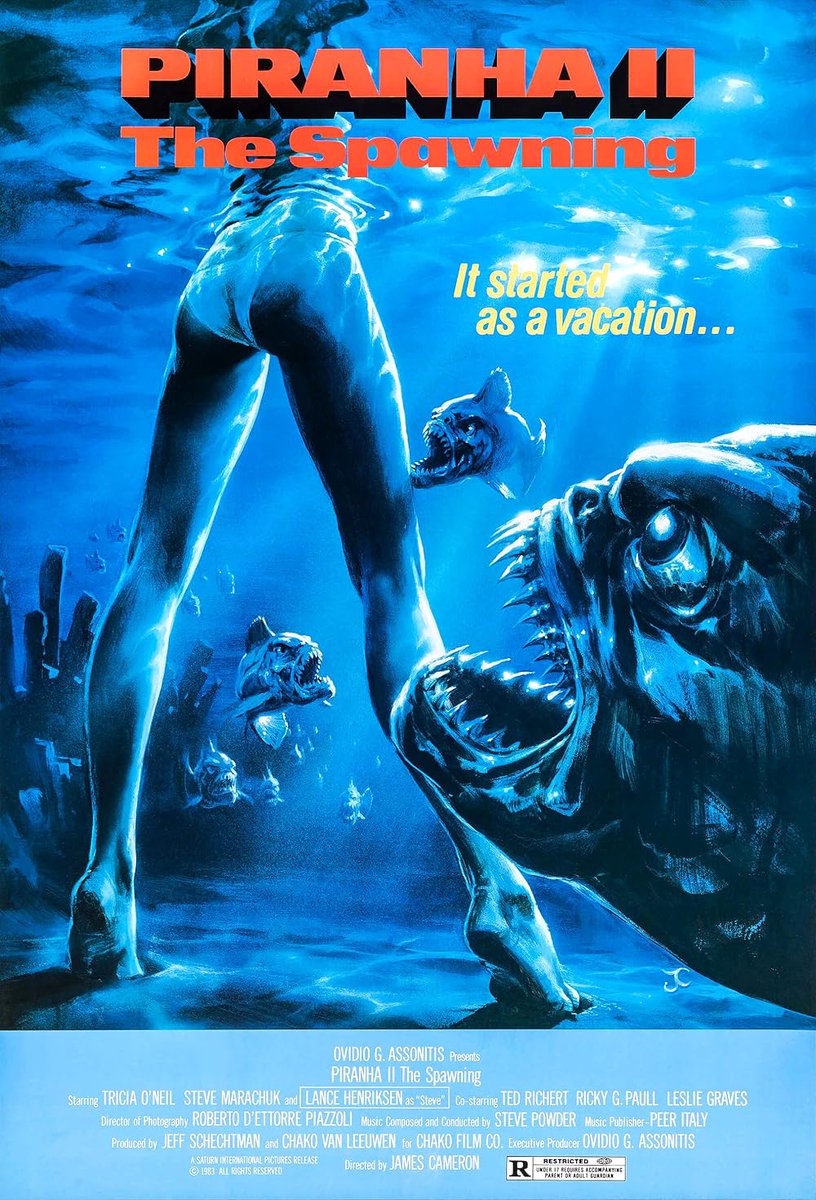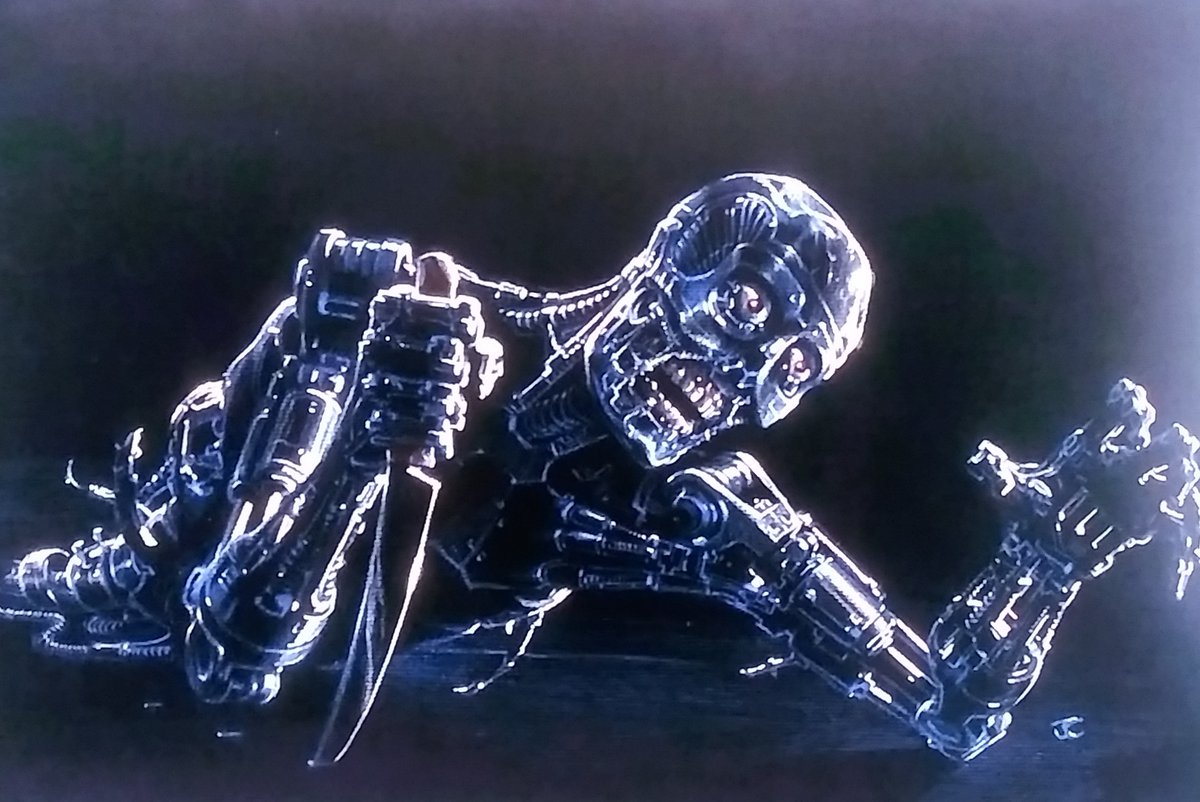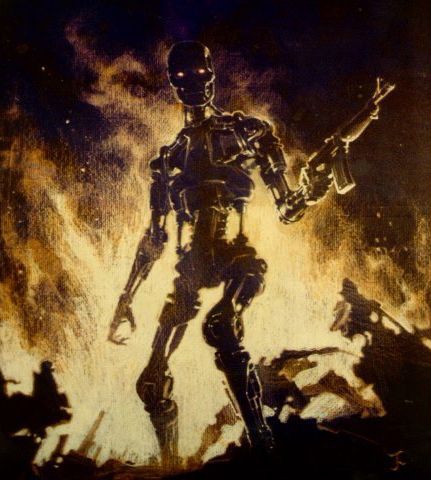ALIEN was released 44 years ago today. One of the definitive science fiction/horror movies, its influence is still seen to this day. The behind-the-scenes story of how the film was made is a fascinating one...
A THREAD
1/38



A THREAD
1/38


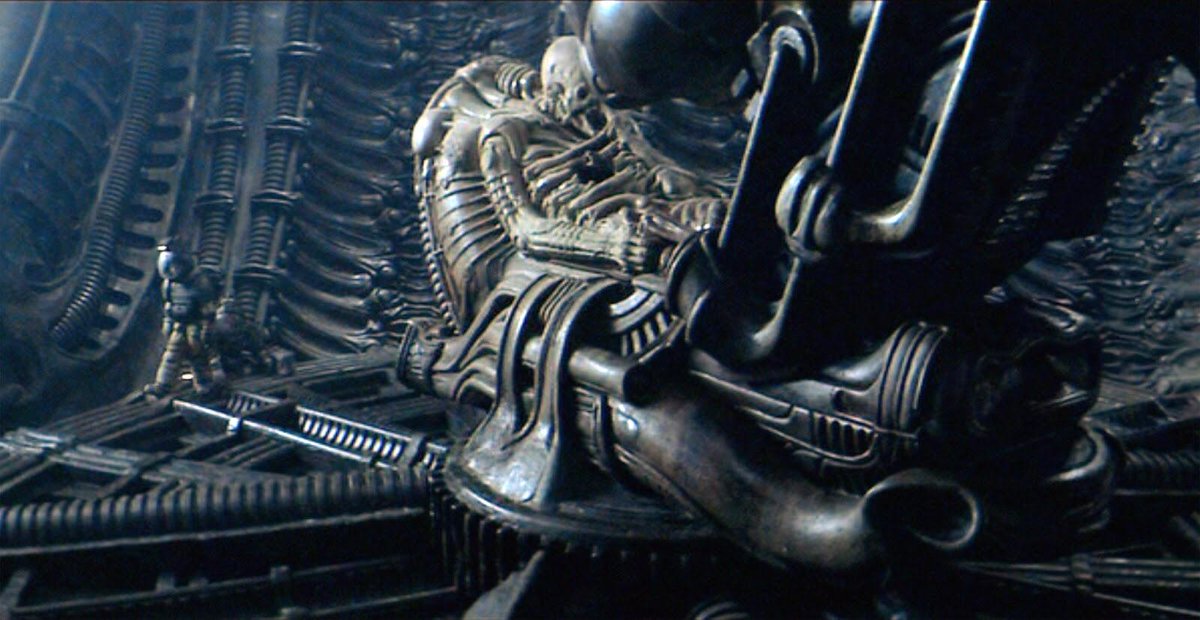
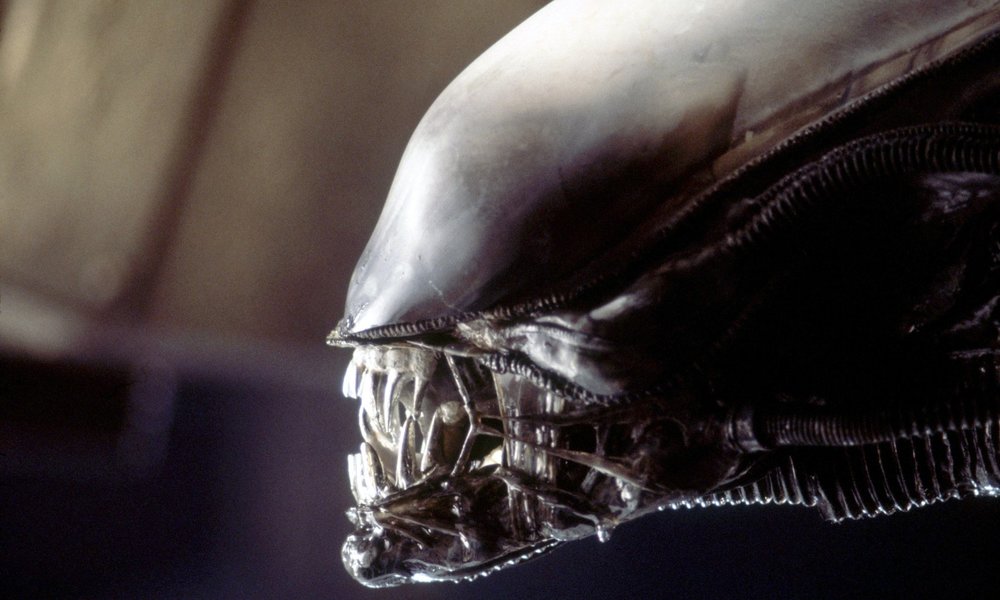
When Alejandro Jodorovsky’s ill-fated Dune project collapsed in 1976, effects supervisor Dan O’Bannon was left homeless. Living with his writing pal, Ronald Shusett, they came up with the idea for a science fiction/horror film. One which would change their lives forever.
2/38


2/38



O’Bannon and Shusett wrote a script called Memory. That changed to They Bite and then Star Beast. They didn’t like those titles and, after reading through the script, they realised how many times they’d used a specific word: ‘Alien’. Nobody wanted to buy the script though.
3/38

3/38


Walter Hill (The Getaway writer) picked up the script and wanted to produce it. Then, in May 1977, Star Wars was released. Suddenly science fiction movies were red hot. Fox had produced Star Wars so went back to Alien and greenlit it immediately.
4/38


4/38



The producers – David Giler and Walter Hill –made some script changes. They changed all of the character names to what we see now in the film. They also introduced the character of Ash, the duplicitous android.
5/38

5/38


Big names were touted as director. Robert Altman (MASH) and Peter Yates (Bullitt) said no. Robert Aldrich (Whatever Happened To Baby Jane) talked himself out of it. On the facehugger he said: “we’ll put some tubes on the guy’s face. Nobody’s going to remember anyway.”
6/38



6/38




Having been impressed by The Duellists (1977), Fox spoke to Ridley Scott. Scott had seen Star Wars and had some ideas on how he’d do a science fiction movie of his own. So when Fox approached him, he accepted immediately.
7/38

7/38


Scott cited three other films as being big influences:
- Star Wars influenced the designs.
- HAL-9000 from 2001: A Space Odyssey influenced Mother, the Nostromo’s computer.
- The violence from The Texas Chain Saw Massacre was a model for the horror in Alien.
8/38


- Star Wars influenced the designs.
- HAL-9000 from 2001: A Space Odyssey influenced Mother, the Nostromo’s computer.
- The violence from The Texas Chain Saw Massacre was a model for the horror in Alien.
8/38



The 2001-style spacesuits caused problems. The set was 38 degrees and the cast would often pass out. Also, to make the Space Jockey set look huge, Scott and DP Derek Vanlint’s kids would be shot in the suits. When they passed out too, changes were made to the costumes.
9/38



9/38




While waiting for the $4.2m budget to be greenlit, Scott storyboarded the entire movie to get a head start. When Fox saw those storyboards, they were so impressed that they doubled the budget to $8.4m.
10/38



10/38




The production was so big that they ran out of money mid-shoot. There was a meeting and a studio exec they wanted to pull the plug completely. Scott was enraged and hit the table so hard he broke his finger. He carried on ranting and got an extra $2.6m.
11/38



11/38




Despite the huge scale, most sets were small, meaning much of the movie was shot handheld. The Art Director was called Roger Christian and he said, “Eighty percent of Alien was shot on Ridley’s shoulder” – this included the opening tracking shot.
12/38
12/38
When they were filming the egg chamber sequence, rock band The Who were testing out lasers for their stage show next door. Scott asked the singer, Roger Daltrey, if they could borrow the lights, and those lights provided that eerie blue effect we see in the sequence.
13/38


13/38



In order to create tension, Scott asked Yaphet Kotto to antagonise Sigourney Weaver on set. Filming the scene below Kotto would say to her, “come on, sister, you gotta gimme more than that,” until eventually she delivered the line as below.
14/38
14/38
Some big names were up for the part of Ripley. Genevieive Bujold and Katharine Ross were considered. Helen Mirren and Meryl Streep both auditioned too. Ridley Scott said “Meryl will be a great actress, but Sigourney is Ripley.”
15/38



15/38




One of the producers, Gordon Caroll, told the below story about Sigourney Weaver auditioning for the part of Ripley:
16/38

16/38


Scott wanted a female perspective on so had 12 women secretaries from Fox watch Sigourney Weaver’s screen test (below). He said an argument broke out over whether she was more like Jane Fonda or Faye Dunaway, and he knew he had his leading lady.
17/38
17/38
Tom Skerritt played Captain Dallas but Harrison Ford turned the role down. Having just played Han Solo, he was concerned about doing another sci fi film. The producers also spoke to Tommy Lee Jones but passed after Jones told them he wanted to play the alien.
18/38


18/38



When the studio approached Skerritt, he said no. He thought the script was poor and with a $2m budget it would be a B-movie. He changed his mind when Scott was hired and said: “The Duellists was like a painting. I thought ‘if anybody can make this work, it’s Ridley’”.
19/38



19/38




The innards of android Ash were a combination of spaghetti, milk and onion rings. When Parker hits Ash with a fire extinguisher, Ash’s body flails around. This was achieved by placing a 3’6” actor inside a model suit. Ridley Scott said, “Look at the arms! You can tell.”
20/38
20/38
The first person cast as Kane was Jon Finch, known for Shakesperean roles. Finch took ill during production and was diagnosed with diabetes. Scott said, “he had to be carried off the set,” and replaced Finch with John Hurt.
21/38

21/38


O’Bannon and Shusett had the idea of an alien terrorising a ship but didn’t know how to get it on board. One night, Shusett woke in a sweat and called O’Bannon: “I’ve got it. The alien jumps on one of their faces and f***s them!” O’Bannon replied, “Yes! That’s the movie.”
22/38
22/38
The two writers carried out research into insects and took inspiration from Braconid wasps, which lay their eggs inside caterpillars. And, slowly, the idea developed into the facehugger.
23/38

23/38


The alien was designed by Swiss artist H.R. Giger, unknown at the time. Dan O’Bannon had worked with Giger on Dune and took him with him to Alien. When Scott came in, he loved Giger’s work -especially his book Necronomicon – and kept him on the film.
24/38



24/38




When Giger shipped over his designs for the facehugger, US customs was so alarmed that they detained them. Dan O’Bannon had to go to LAX to convince them they were for a horror movie. The customs officer O’Bannon met described the images as “repulsive.”
25/38



25/38




The full-grown aliens were originally going to be transparent and their heads full of maggots. This was too hard to pull off though. And, originally, the alien Giger designed had eyes. He asked for the eyes to be removed when the effects team started building it.
26/38



26/38




How the Alien was created:
- The front part of the alien’s head was made from a cast of a real human skull.
- The slime that drips from the alien’s mouth was K-Y jelly.
- And shredded condoms were used to create the tendons on the alien jaws.
27/38
- The front part of the alien’s head was made from a cast of a real human skull.
- The slime that drips from the alien’s mouth was K-Y jelly.
- And shredded condoms were used to create the tendons on the alien jaws.
27/38
Needing an actor to get into the rubber suit, a casting call out. Peter Mayhew, who played Chewbacca in Star Wars, was considered but the part eventually went to a 7ft 1 graphic artist called Bolaji Badejo. He was discovered in a London pub by the casting director.
28/38



28/38




Fox were served a lawsuit by a writer called A.E. van Vogt. He’d written a science fiction short story in 1939 called Discord In Scarlet where an alien boards a spaceship and starts implanting eggs into the crew’s bellys. The dispute was settled out of court.
29/38

29/38


Scott originally wanted Isao Tomita - a pioneer of electronic music – to compose the score. Fox wanted a more established and recognisable name. The studio pushed for John Williams, but Scott agreed to go with Jerry Goldsmith.
30/38


30/38



Scott and Goldsmith were at odds throughout. Scott thought Goldsmith’s first composition was too extravagant, and wanted something minimalist. He used some of Howard Hanson’s symphony no2 for the finale, which annoyed Goldsmith.
31/38
31/38

The titles that open the film were designed by legendary designer Saul Bass. The original idea was to have the title made of flesh and bone but when Scott came on board as director he thought that idea was too graphic.
32/38
32/38
The bridge of the alien ship has a huge skeletal figure sitting in a chair – the Space Jockey. The studio said the set was too expensive. Concept artist Ron Cobb though convinced them to keep it saying that one shot made the movie look expensive and not like a B-movie.
33/38
33/38
In the script, it states the eggs were found in an ancient pyramid-like structure. So, the chamber with the alien eggs isn’t actually on the spaceship – it’s in the structure, and when the crew abseil into the chamber, they’re moving from the ship into the structure.
34/38
34/38
Maybe the most famous scene is the chestburster. The crew created a mechanical torso and John Hurt lay under the table with his head and arms protruding through. The torso was packed with animal guts, and an air cannon to push the alien puppet from under the table.
35/38


35/38



None of the cast knew about the chestburster. Lambert’s look of horror was actress Veronica Cartwright’s real reaction. Sigourney Weaver said she thought Hurt might actually be dying. And Yaphet Kotto went home that night and locked himself in the bathroom for 4 hours.
36/38
36/38
Scott wanted a very different ending. Instead of Ripley firing the Alien out into space, it slams its hand through her mask and rips her head off. It then sits in her chair and, in Captain Dallas’ voice says “I’m signing off, hopefully the network will pick me up.”
37/38
37/38
Fox were not keen on such a downbeat ending. Hearing what Scott had planned, a studio executive came to set and told Scott he’d be fired unless the alien dies. And Scott himself later admitted that how the film actually ends is better.
38/38



38/38




If you like this thread, please RT the first tweet...
https://twitter.com/ATRightMovies/status/1661664750273527810?s=20
Our podcast episode on ALIEN is full of huge laughs and opinions. Please check it out 😀
alltherightmovies.com/podcast/alien/
alltherightmovies.com/podcast/alien/
• • •
Missing some Tweet in this thread? You can try to
force a refresh










































